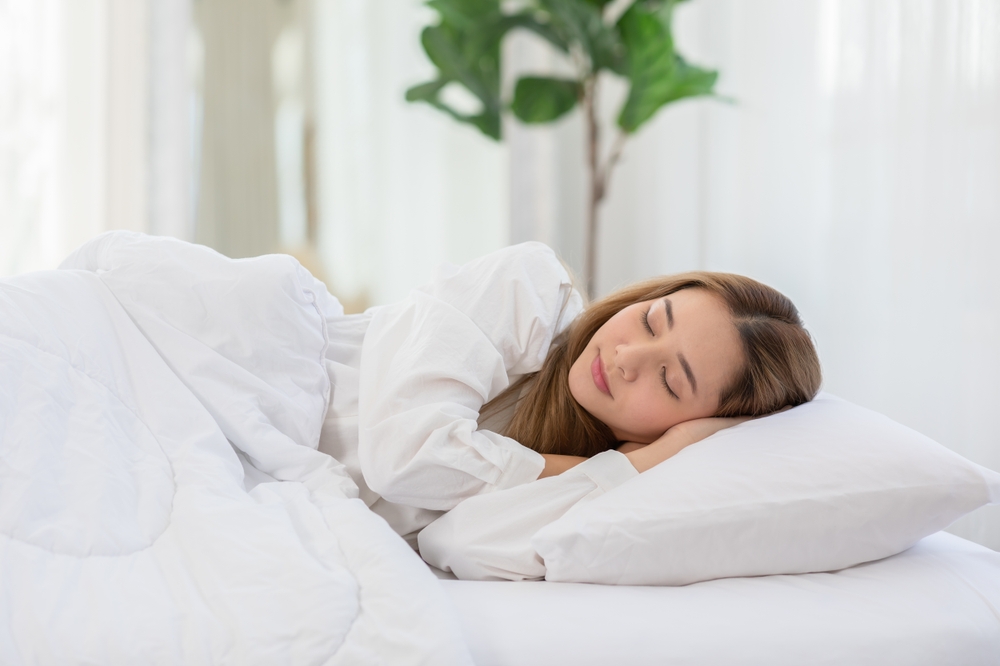
Your persistent fatigue, disruptive snoring, and unsettling sensation of gasping for air during sleep can raise concerns about sleep apnea, prompting you to get an at home sleep study. This condition, often underdiagnosed, prompts many to explore sleep studies, particularly the convenience of at-home testing.
Clear information is essential to understanding the potential implications for your long-term health. It’s not merely about acknowledging your snoring; it’s about grasping the potential disruption to your overal health.
Sleep apnea is a prevalent disorder characterized by repeated interruptions in breathing during sleep. These pauses are clinically termed apneic events and can occur numerous times throughout the night, fragmenting the sleep cycle and preventing the body from reaching restorative sleep. This chronic sleep deprivation leads to a cascade of adverse effects, from persistent daytime fatigue and cognitive impairment to heightened risks of cardiovascular disease and metabolic disorders.
A home sleep test is crucial for accurate diagnosis, quantifying the severity of these breathing interruptions and determining the appropriate course of action. It’s one reason why sleep studies for sleep apnea are growing in popularity, as they provide an accessible first step to navigating your options.
Understanding At Home Sleep Study Metrics and Apnea
Any quest for a diagnosis naturally leads patients to a comparison of an at home sleep study versus in-lab sleep study.
The Home Sleep Apnea Test (HSAT), the at-home option, offers convenience. It typically involves wearing sensors that monitor key physiological parameters, such as breathing patterns, heart rate, and oxygen saturation. This accessibility, coupled with potential cost-effectiveness, makes it an attractive option.
Conversely, polysomnography (PSG), the in-lab study, offers a more comprehensive assessment. Spending a night in a specialized sleep laboratory allows for the monitoring of a wider range of physiological variables, including brain wave activity, eye movements, and muscle tone, providing a holistic view of sleep architecture.
Overall, if you’re seeking prompt and accessible answers without the logistical complexities of an overnight stay in a facility, the at-home option becomes increasingly viable. The allure of an at-home sleep study lies in its convenience. The ability to conduct the test in a familiar environment can lead to more natural sleep patterns, potentially yielding more accurate and representative results. For individuals with demanding schedules, limited mobility, or geographical constraints, the sleep test at home option also offers a practical and accessible solution. HSATs are generally more affordable than in-lab studies, reducing the financial barrier to diagnosis and encouraging proactive health management.
However, at-home studies may not be suitable for everyone. Individuals with complex medical conditions or suspected central sleep apnea may require the more comprehensive monitoring provided by an in-lab study. The quality of the device used also impacts the results, as well as how closely one follows the instructions.
The Benefits of Addressing Untreated Sleep Apnea
The consequences of untreated sleep apnea extend far beyond the realm of daytime fatigue and diminished quality of life, which is why you should consider undergoing an at home sleep study. Increased risks of cardiovascular disease, stroke, metabolic disorders, and even cognitive decline underscore the importance of seeking timely diagnosis and intervention.
Taking proactive steps to address sleep apnea can significantly improve overall health, enhance cognitive function, and restore vitality. The benefits of effective treatment extend beyond symptom relief, encompassing a reduction in cardiovascular risk, improved glycemic control, and enhanced mood and wellbeing.
Ultimately, the decision of whether to pursue an in-lab test or a sleep study at home should be made in consultation with a health care professional, doctor, or a pain management professional. Your specialist can assess individual risk factors, evaluate your medical history, and recommend the most appropriate testing method.
Your doctor can also explain the process, and answer any questions. Understanding what the sensors measure, how the data is collected, and what the results mean is vital.










